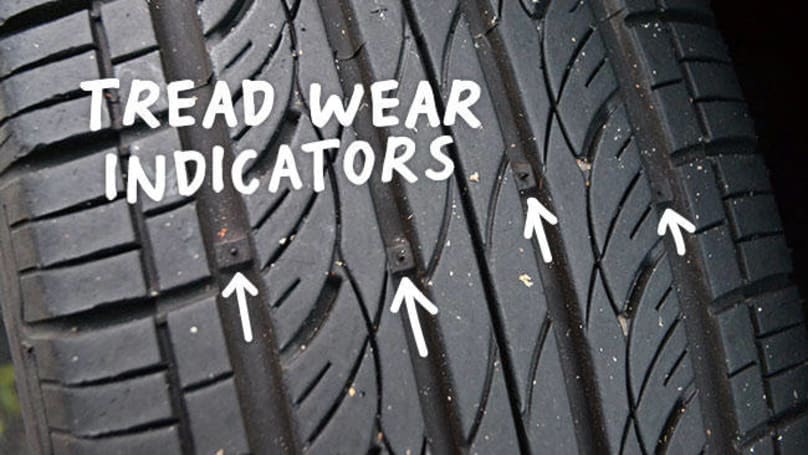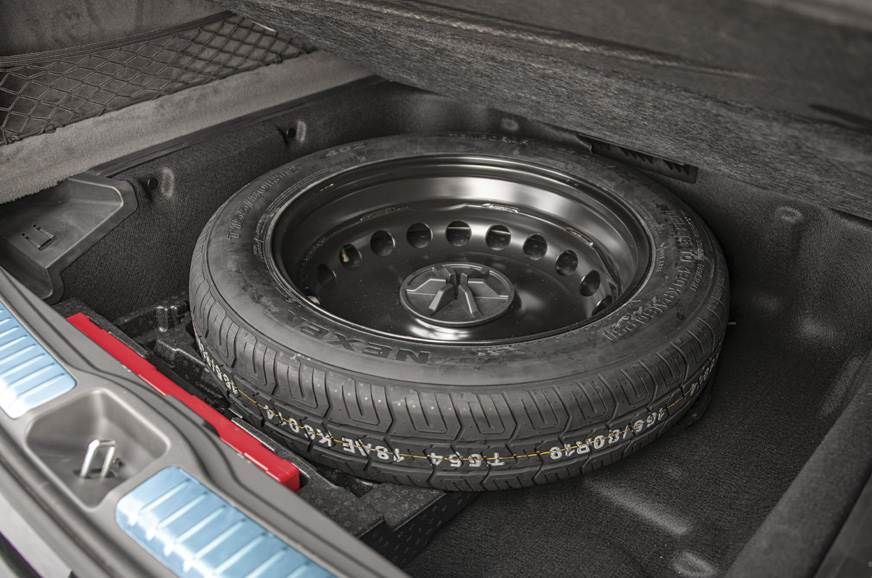Few things are more critical to the safety and performance of a car than its tyres. Simply put, a car cannot be safe if its tyres are in poor condition. Unfortunately, like everything else, tyres suffer from wear. And the amount of wear proportionally affects the way a car behaves on the road. So when should I replace my car tyres?
As the only components in constant touch with the road surface, the tyres contribute not only to safe handling and braking but also to the comfort and overall running costs of a car. Hopefully, all car owners and operators know the best time to replace a worn or ageing tyre. The indicators are generally simple and involve little more than a visual check.
Honest and Professional Pre-purchase Car Inspection in Melbourne, VIC
We have been in the automotive industry since 1984, ranging from apprentice, through to master technician, workshop foreman, controller, service advisor and service manager, in numerous premium vehicle businesses. We have built a level of loyalty that in the 21st Century is vital. After all, customer service and care is a point of difference.
We hope we are able to help you out with your needs. Our business is also known as Prepurchase Check.
How Long Does a Tyre Last?
First of all, know how long car tyres last. A few milestones and tips:
1. Keep five years in mind
After five years or more in use, your tyres should be thoroughly inspected at least once per year by a professional.
2. Ten years is a maximum
If the tyres haven’t been replaced 10 years after their date of manufacture, as a precaution, Michelin recommends replacing them with new tyres. Even if they appear to be in a usable condition and have not been worn down to the tread wear indicator. This applies to spare tyres as well.
3. Proper care expands a tyre’s lifespan
If you take good care of your tyres’ air pressure, tread wear, alignment and so on, you can increase their longevity.
Don’t forget to check your owner’s manual to find out what your car maker recommends.
So how do you know when you should replace those old tyres?
Check The Tread Depth
Tyre treads are there for one reason: To assist grip on wet surfaces by clearing the water under the tyre and allowing contact with the road. The less tread, the more compromised the wet-surface grip.
All tyres have tread wear indicators (TWIs) comprising small blocks of rubber within the tread at certain points around the tyre. As the tyre wears, these blocks get closer and eventually become flush with the surface of the tyre.
Once that happens, the tyre is officially unroadworthy because by this time only 1.6mm of tread is left. The recommendation is that the tyre should be replaced once the tread depth is down to around 2mm.
The easiest way of ascertaining how much life is left in the tyre is by using a tread depth indicator. Often tyre retailers offer these for free; otherwise, they’re a small-cost item from a car part retailer.

When the tyre is worn to the legal limit the bars will be flush with the surface of the tread.
While that is the legal requirement, some car manufacturers recommend you to replace your tyres before they wear to that extent.
Check Your Tyres Age
If your tyres are older than 5 years, it is also suggested to replace them even if they appear to be in great condition and haven’t been worn down to the tread wear indicator. This is because rubber deteriorates over time. This also applies to your spare tyre. Just because it hasn’t been used regularly or even at all, does not mean it is in great condition. Spare tyres need to be replaced every 6 to 8 years due to the degrading of the rubber.
Are Your Tyres Damaged?
Take a quick look at your tyres. This can be an obvious reason to replace your tyres. Can you detect any damage such as a cut, nails or chunks missing? If so, then it’s time to get the tyre replaced as these damages can make your tyres unsafe. Keep an eye out for cracks on the tyres too. These cracks are caused by too much exposure to sunlight.
Now you know when to change your tyres, but how about maintaining them? Here are some handy hints on how you can extend the life of your tyres by keeping them in good condition to get the most possible use out of them.
Have Your Tyres Inflated Correctly
Maintaining the correct inflation pressure is one of the most important things you can do to look after your tyres. There are 2 reasons why your tyre pressure is so critical:
• Underinflation
• Overinflation
If your tyres are under-inflated, they will wear out on the outer edges quicker than normal. The wearing of the edges can increase braking distance and increase fuel use.
Overinflation will result in wear on the middle of the tread instead of the outer edges. This can cause issues with cornering ability, steering and braking.
The correct pressure for your vehicle can be found on the card attached to the car body, which is generally on the driver’s door pillar. Your tyre pressure should be checked every month, before a long journey and before you plan on towing as it will need to sit higher. The recommended inflation pressure is shown on a placard attached to the body—usually on the driver’s door pillar—and also in the owner’s manual.
Rotate Your Tyres
Tyres wear at different rates depending on their position on the car. On a rear-wheel-drive car, the rear tyres wear faster than the front tyres. On a front-drive car, it’s the front tyres that wear the fastest.
Rotating the tyres around the car can even out the wear on all tyres. That way they should all need replacement at the same time.
If you do rotate your tyres, do it regularly at 5000km intervals. That way, the disparity between those that are wearing the fastest and those wearing the slowest is minimised.
When rotating your tyres you can also include the spare.
Should I Replace The Spare Tyre?
The spare is almost always forgotten, left to sit in the dark in the boot of our car until needed in an emergency.

Hire The Best Pre-purchase Car Inspector in Melbourne, VIC
Have a professional inspector like German Precision do a thorough pre-purchase car inspection in Melbourne to ensure that your dream car is operating properly and not a scam.
If you are looking for a professional pre-purchase car inspector in Melbourne, do not hesitate to contact German Precision or Prepurchase Check today!
sources: carsguide.com.au, motoring.com.au, michelin.com.au, westsideauto.com.au

